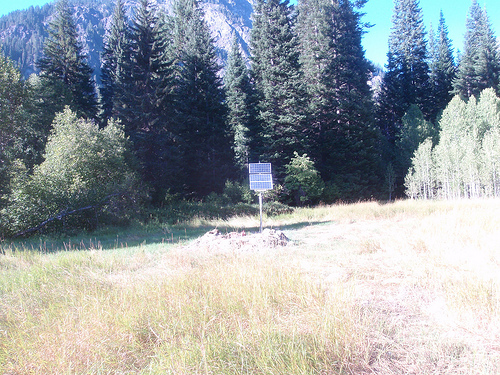C06D
Leavenworth, WA, USA
The USArray component of the NSF-funded EarthScope project ended its observational period in September 2021 and all remaining close-out tasks concluded in March 2022. Hundreds of seismic stations were transferred to other operators and continue to collect scientific observations. This USArray.org website is now in an archival state and will no longer be updated. To learn more about this project and the science it continues to enable, please view publications here: http://usarray.org/researchers/pubs and citations of the Transportable Array network DOI 10.7914/SN/TA.
To further advance geophysics support for the geophysics community, UNAVCO and IRIS are merging. The merged organization will be called EarthScope Consortium. As our science becomes more convergent, there is benefit to examining how we can support research and education as a single organization to conduct and advance cutting-edge geophysics. See our Joining Forces website for more information. The site earthscope.org will soon host the new EarthScope Consortium website.




Signal conditioning is provided by the Data Acquisition System (DAS). The DAS consists of preamplifiers, Analog-to-Digital (A/D) converters, time signal receiver, on-site data storage, telemetry interface, and provides state-of-health information to both local and remote users.
Preamplifiers are necessary to condition and adjust the analog output of the sensor so as to match impedance and gain levels on the input to the A/D converter.
These new digitizers are designed to operate with minimal power (<1W) while still maintaining very low internal electronic noise characteristics. The construction of these devices is designed for rugged , harsh outdoor environments.


